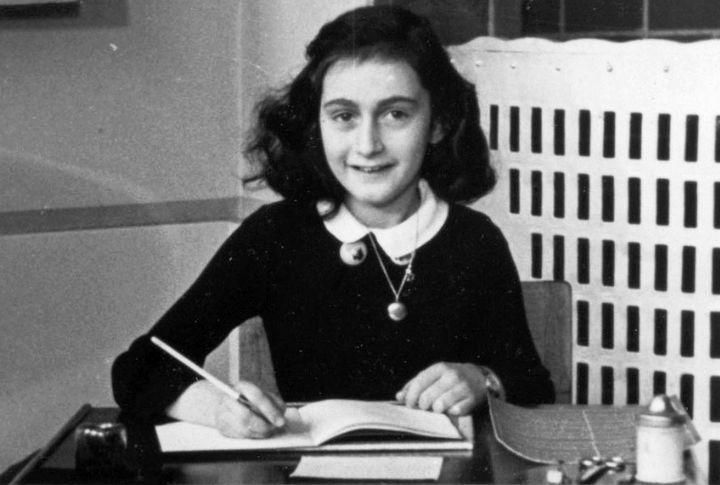
Anne Frank’s name is known around the world, but the final pages of her life don’t sit neatly between book covers. After the annex, her story turns darker, quieter, and far more fragile. These overlooked moments reveal what history books tend to rush through—and what humanity can’t afford to forget.
The Sudden Capture Of The Frank Family
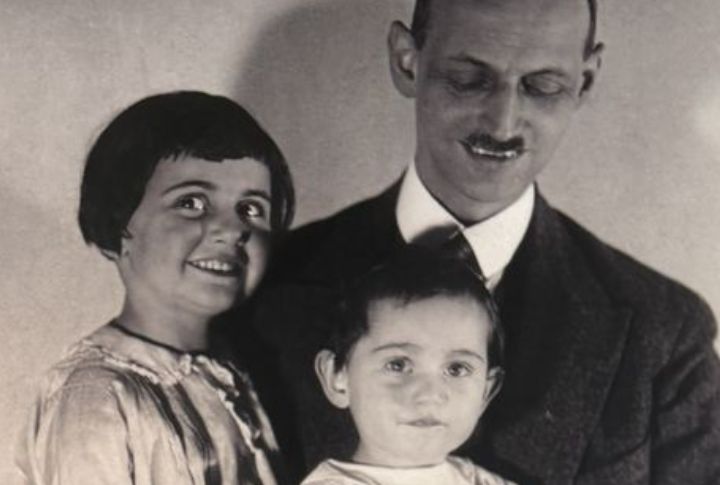
On August 4, 1944, Dutch police raided the secret annex located at Prinsengracht 263, Amsterdam. All eight Jews in hiding were arrested, including Anne Frank with her parents and sister Margot, Hermann, and Auguste van Pels with their son Peter and Fritz Pfeffer.
The Unknown Informant Ended Their Hiding
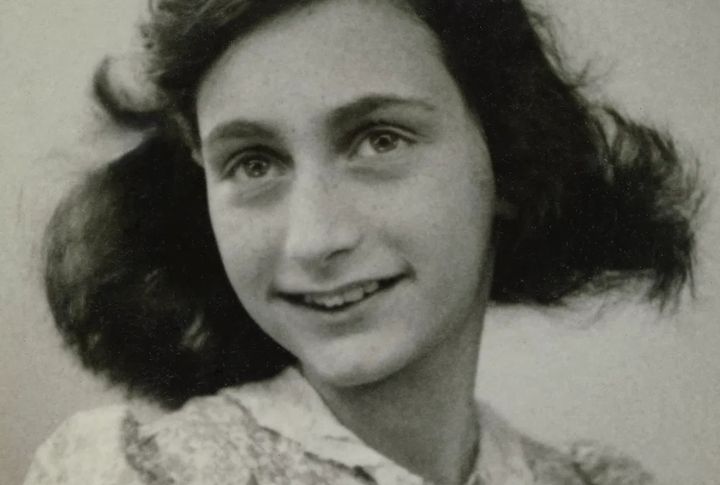
The Franks were discovered after someone—still unidentified—alerted authorities to their hiding place. Dutch police working under the SS stormed the annex, led by Karl Silberbauer. In just minutes, two years of secrecy were shattered. The group was soon transported to Westerbork, the first step toward Auschwitz.
Anne’s Harsh Life At Bergen-Belsen
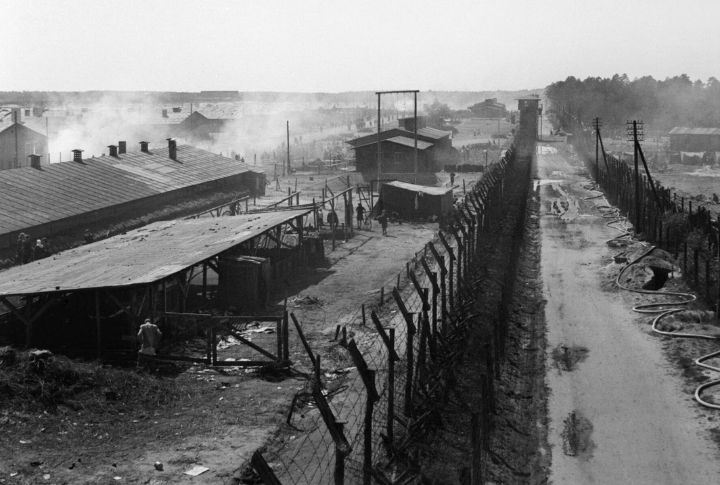
Life at Bergen-Belsen broke down into chaos and misery. The camp was filthy, and hunger was constant. As typhus spread unchecked, thousands died around Anne. She stopped writing during this time. Those who saw her described a girl in rags, gaunt with hunger, overwhelmed by Margot’s fading strength.
Anne’s Silent Struggle With Identity In The Camps
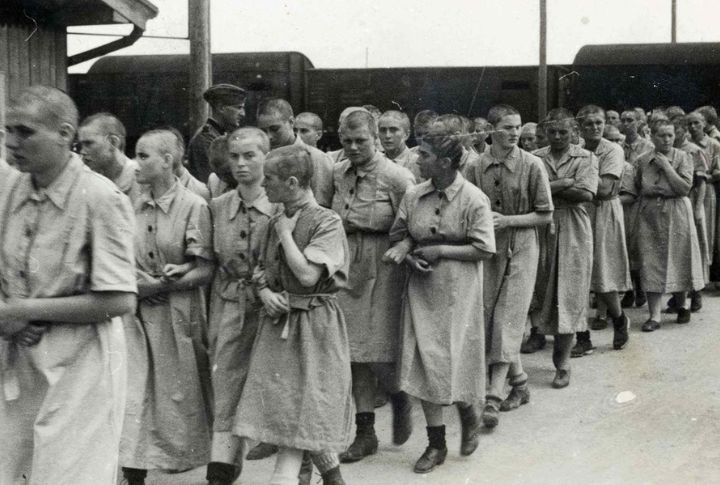
Stripped of her clothes, hair, and name, Anne became just a number—like all others at Auschwitz. Prisoners were tattooed for identification, but Anne likely never received one due to her transfer. Even so, the loss of personal identity marked a painful psychological shift for the girl who once dreamed of becoming a writer.
The Impact Of Separation From Her Father
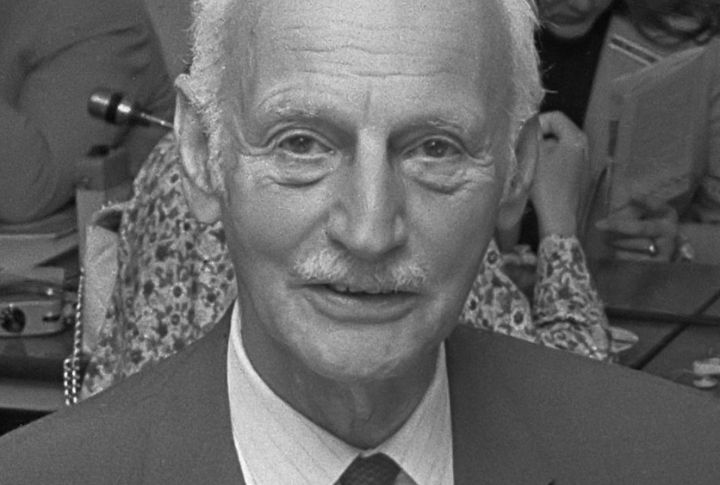
Upon arrival at Auschwitz, Anne was separated from her father, Otto, as men and women were immediately divided. Otto remained unaware of his daughter’s fate while imprisoned elsewhere. That last glimpse at the gates was the final time Anne saw her father alive.
The Role Of Anne’s Diary During Her Final Months
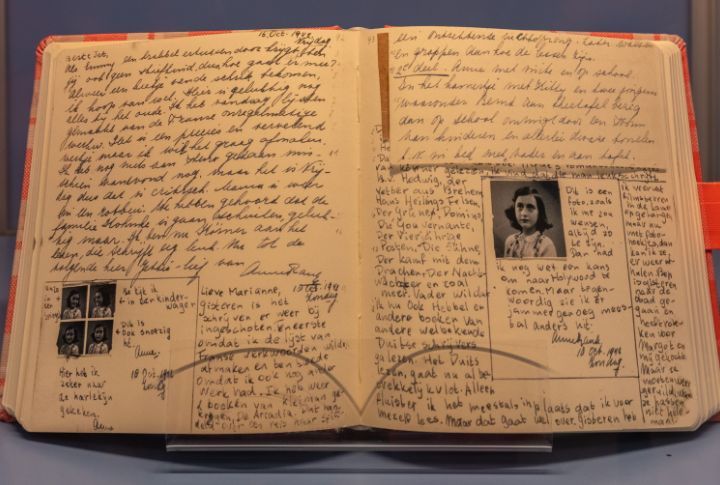
Anne’s diary ended abruptly after the arrest, but it remained her emotional anchor during hiding. Her entries reveal inner strength and self-reflection. She also hoped to publish it someday. Miep Gies, who helped hide the Franks, saved the diary and later gave it to Otto to be published.
Anne’s Relationship With Her Sister Margot In The Final Days
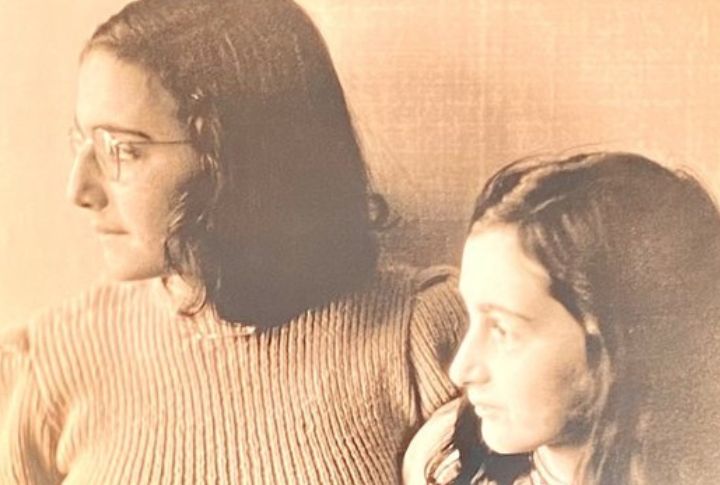
The sisters were inseparable at Bergen-Belsen. Both fell ill with typhus during the same outbreak. Margot reportedly died first, likely from a fall. Anne passed away days later, unaware that their mother had already perished in Auschwitz. Neither lived to know that liberation was near.
The Heartbreaking Discovery Of Anne’s Death
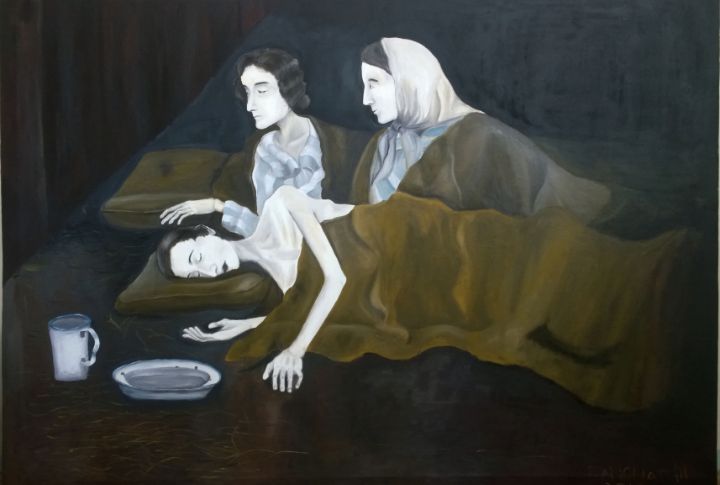
Anne died in March 1945. Two survivors, Janny and Lientje Brilleslijper, confirmed the timing and cause: typhus. Otto Frank spent months searching for his daughters post-liberation. He learned of Anne’s death through Red Cross records and testimony from fellow survivors who’d seen her there.
Anne’s Changing Outlook On Life As She Faced Imminent Death
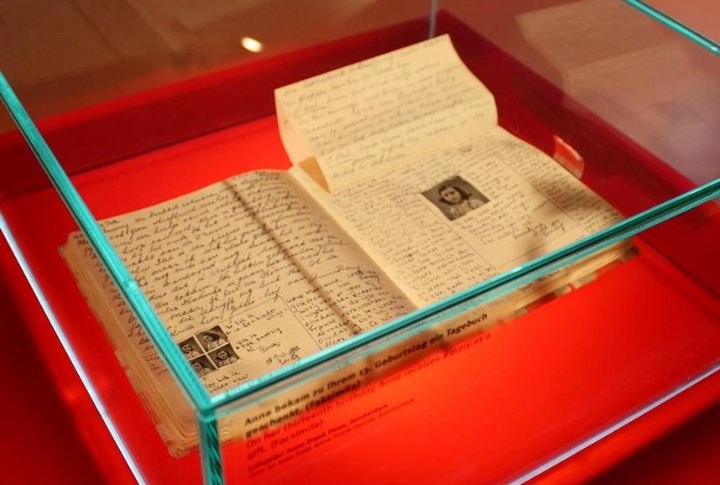
As conditions worsened, Anne’s writing became more somber. She questioned faith and humanity. She feared being forgotten but clung to the hope her words would matter. Though young, she reflected on her identity as both a writer and someone caught in horrifying history.
The Impact Of The Winter Of 1944-1945 On The Frank Sisters
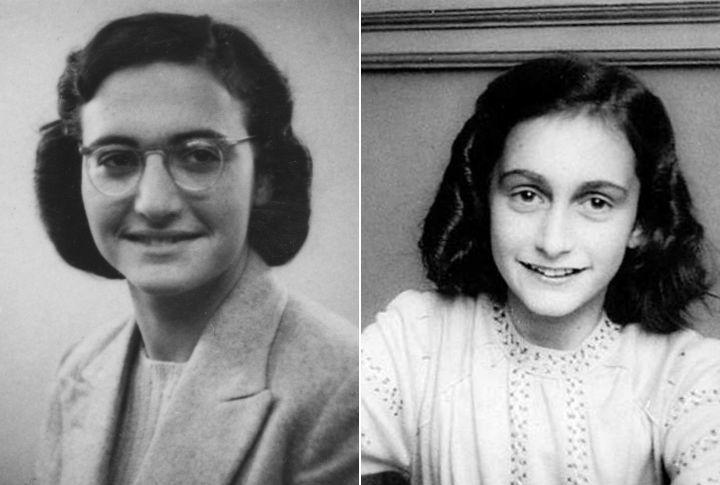
That winter brought freezing temperatures and no heat to Bergen-Belsen. Anne and Margot wore thin clothes and had no blankets. Frostbite and starvation added to their suffering. Typhus spread faster in the cold, worsening already dire conditions and killing thousands during early 1945.

